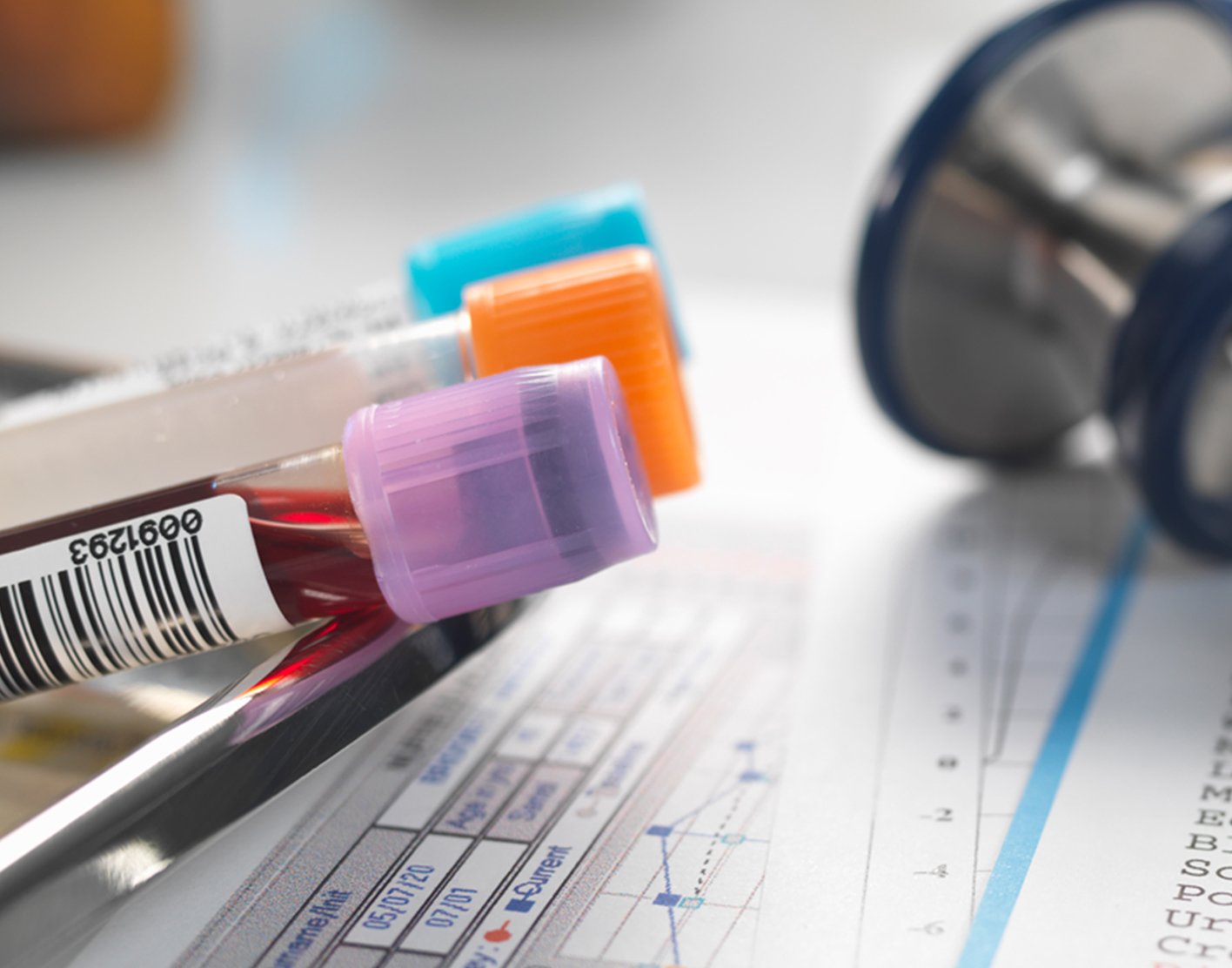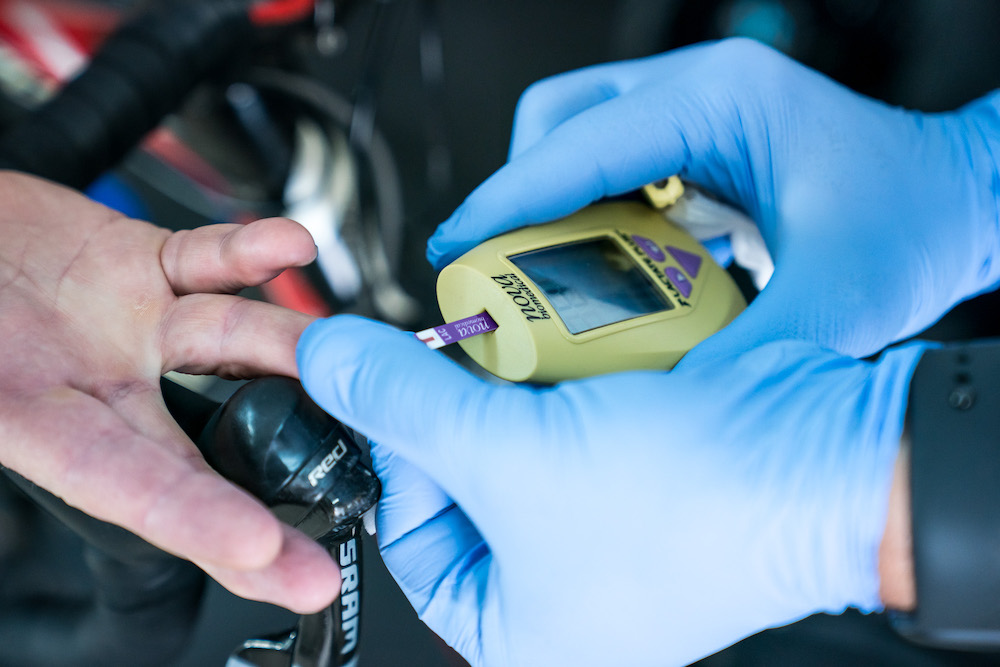Project Description


Measuring Lactate Threshold
In the lab, we measure lactate threshold by drawing blood at intervals during an incremental step test. This test is performed in a similar manner to VO2 Max testing and uses either a treadmill or stationary bike. The exercise intensity is increased in periods of about 3 minutes and blood samples are taken at the end of each period. While the test protocol for measuring lactate is fairly straight forward, interpreting the data is extremely tricky and requires expert analysis. At Altius, we use a number of scientifically validated methods to identify lactate thresholds including correlating them with the ventilatory thresholds obtained via gas analysis and by using mathematically validated methods such as the Dmax and modified Dmax methods.
Lactate Threshold Values
- The average person reaches their lactate threshold at ~50-60 percent of their VO2 max
- Recreational athletes reach their lactate threshold at 65-80 percent their VO2 max
- Elite endurance athletes reach their lactate threshold at 85-95 percent their VO2 max
What is Lactate?
Lactate is an important and versatile molecule that is produced in our cells during rest and during exercise. Our glycolytic energy production pathways will produce more lactate as exercise intensity increases. This increase in lactate is a result of carbohydrate utilisation during anaerobic energy production. Lactate is measured in the blood, its rate of accumulation at certain points of an incremental step test can tell the physiologist a host of information about the athletes metabolic processes, including at what point significant metabolic thresholds exist.
The first lactate threshold (LT1) is the point at which, during incremental exercise, lactate builds up in the blood stream at a level that is higher than resting values. The lactate threshold is a good predictor of submaximal fitness (e.g. what exercise pace can maintained over a prolonged period of time without fatigue). Athletes typically reach lactate threshold at a higher percentage of VO2max.
The second lactate threshold (LT2) is the point at which lactate accumulates in the blood at higher rates than it can be shuttled and utilised by other oxidative tissues. This accumulation is accompanied by free protons (hydrogen ions), these protons are responsible for the onset of metabolic acidosis. Athletes will know this physiological event as the burning sensation that is experienced during high intensity work rates. This onset of metabolic acidosis is normally followed by task failure, or exhaustion.
Lactate threshold (LT) training is a popular method of improving endurance performance. Recreational and serious athletes may use their lactate thresholds to determine how to train and what sort of a pace they can maintain during endurance sports.
